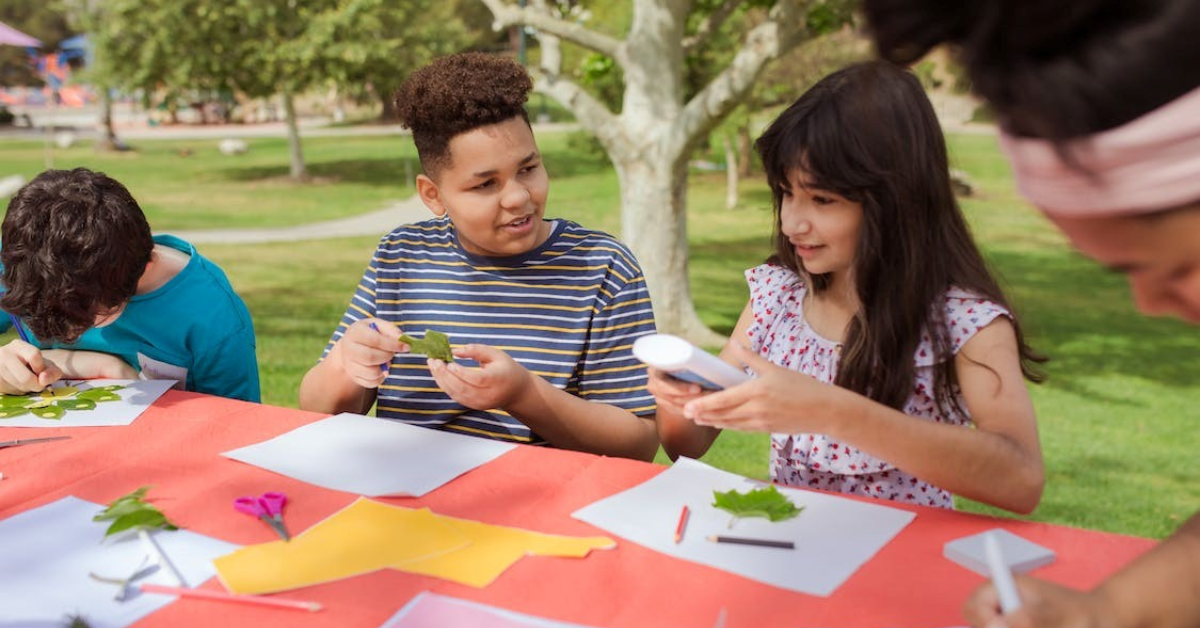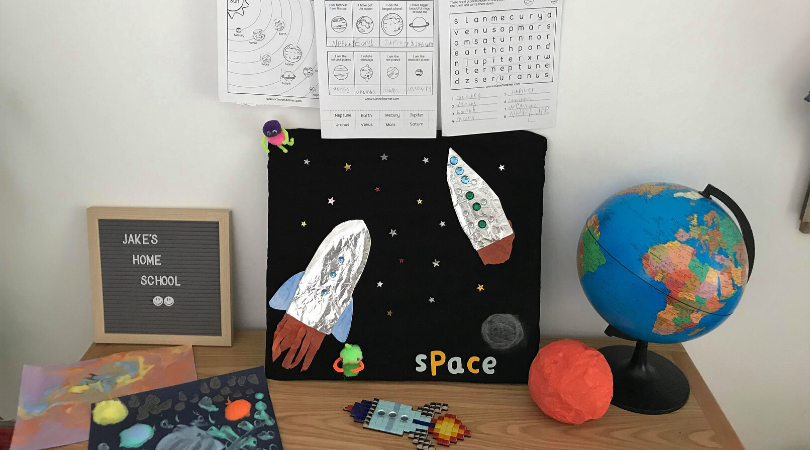
How to Plan Your Homeschool Schedule

*Collaborative Post
For some children, homeschooling may seem like the easy option over going to school. Could their parents really deliver a good teaching plan? A schedule is most definitely key and if you aren’t sure how to set one up this article will be sure to help you on your way. If you plan each school day correctly, the process will be more successful and the result more productive. Here is how to plan your homeschool schedule…
Create a Personalized Homeschool Schedule
Creating a personalized homeschool schedule is really important. You as the parent will understand all of your child’s needs and tailoring each day to these will help them to thrive. Some lessons could well be carried out online by a teacher or tutor from a reputable service such as Tutor Map, but the majority of learning will come down to your responsibility. The great thing about homeschooling is that you can really go with a flow that works for you and your child and there are plenty of groups around to provide support, tips and advice too.
There are also a wide variety of online guides, courses, worksheets and videos to help you through your homeschooling day. From English to languages, science to art, music and phonics you should easily be able to find plans and activities to suit your child’s needs and ones that will fit in with your schedule.
The Singapore Math Method is a popular choice and you can choose the appropriate method and purchase educational material in a couple of clicks according to this guide. Expand their learning by adding problems, examples, formulas, additional reading, quizzes, and even games.
To get started, let’s take a look at the main types of homeschooling schedules:
- Traditional – This is the usual schedule that children have at school. Time periods show the duration of the lessons. Depending on the level and class, children can have 5 to 7 lessons per day. Of course, for homeschooling, you choose the material and make that schedule. If you want to give your child more exact sciences, then add mathematics, physics, geometry etc. Foreign languages, reading, drawing and music are also very important topics.
- Block – The essence of this type is the division of all material into blocks. On Monday, you only do math, algebra, geometry. On Tuesday you decided to focus on biology where you can add a walk in the park or a picnic. For the environment, you can choose to read books to work out speed, memory, attentiveness. In other words, you delve into one topic and deal with it on a specific day. This is quite effective because your child will have no difficulty jumping from topic to topic.
- Unit – This is similar to the block system, but here you find a specific unit that will be the central point in homeschooling. For example, your child loves aeroplanes. Find suitable tasks to combine the game and the lesson. Count the wheels of an aeroplane, look at its weight, count how many aeroplanes are in the picture, make a simple aeroplane model using simple graphs and calculations. If the child is passionate about marine life, then create an interesting atmosphere in the courtyard pool or in the bath and so on.
- Loop – The organization of the schedule consists of the choice of 3 main materials. For example, it will be mathematics, reading and writing. Each lesson has its own set of topics that you must master. The bottom line is that you will not move on to mathematics until you finish the material in reading. This is not a cycle, but the complete end of one topic and then the transition to another science. This allows you to better study the material and the child’s thoughts will not be confused.
Each child is an individual and has their own successes and gaps. If we consider the duration of each lesson, then there are also 2 types. You can give lessons like at school – 45 minutes. But some parents prefer to embed lessons into daily activities. This gives more efficiency, for example, if the child sees classes as a game with the knowledge of the world around them then they are more likely to absorb the information. Making learning fun is beneficial in so many ways. In addition to the various teaching methods and resources available for homeschooling, including online guides, courses, worksheets, and videos, consider incorporating a sermon book into your homeschool schedule. A sermon book can provide valuable insights, moral lessons, and spiritual growth opportunities for you and your child.
How to Make Homeschooling Productive?
Of course, a well-planned schedule will help to streamline your class lessons. If you follow your schedule then your child will also follow your lead. For improved productivity within your day, you could discuss with your child how they want to continue learning. Ask about their favorite subjects and games so that you can then incorporate them into class. Schedule and take regular breaks throughout the day as one on one learning is far more intense than learning in a large class within a school. Get outside as much as possible and incorporate your learning in everyday errands such as food shopping. But most importantly, just enjoy it because when you both get some fun out of it your day will always feel far more productive.
Creating a suitable learning environment, schedule and atmosphere at home along with a fantastic homeschooling schedule will lead to success.
*This is a collaborative post. For further information please refer to my disclosure page.
If you enjoyed this post you can follow more of our life, opinions and antics over on Facebook, Twitter, YouTube and Instagram. Plus feel free to come and join in with my parenting group ‘From One Parent to Another’ on Facebook.
If you’d like to contact me you can either leave me a comment or drop me a line via my contact me page.
For other topics similar to this one check out these suggestions below…




